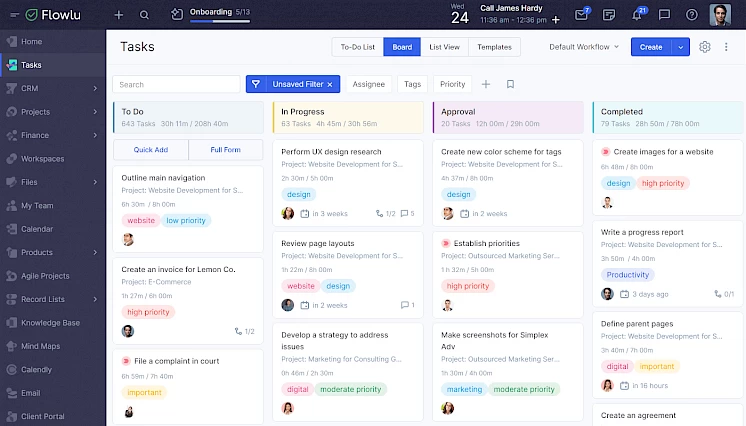Viva Resa: Your Gateway to Insightful Living
Discover news, trends, and tips for a vibrant lifestyle.
Task Management Tools: Your New Best Friend or Just a Digital Overload?
Discover if task management tools will boost your productivity or just add to your digital chaos! Dive in to find out!
Top 5 Task Management Tools to Boost Your Productivity
In today's fast-paced world, finding the right task management tools can significantly enhance your productivity. With numerous options available, it can be overwhelming to choose the best fit for your needs. However, we've curated a list of the Top 5 Task Management Tools that can help streamline your workflow and keep you organized. These tools not only assist in tracking tasks but also promote collaboration and accountability among team members.
- Trello - Known for its user-friendly interface, Trello allows you to create boards and cards to organize tasks visually.
- Asana - This tool excels in project management, offering features like task assignments and deadline tracking.
- Todoist - With its simple design, Todoist helps you manage tasks effortlessly and integrates with various other applications.
- Monday.com - A versatile platform that provides templates for different workflows, making it suitable for any type of project.
- Basecamp - Ideal for teams, Basecamp combines task management with messaging and file sharing for effective collaboration.

Are Task Management Tools Helping or Hindering Your Workflow?
In today's fast-paced work environment, task management tools have become a double-edged sword for many professionals. On one hand, these tools promise enhanced organization, improved collaboration, and greater productivity. Features such as deadlines, reminders, and priority settings can streamline workflows and ensure that crucial tasks are not overlooked. However, as users increasingly rely on these applications, they may find themselves overwhelmed by constant notifications, complex interfaces, and a plethora of tasks that can create a sense of chaos instead of clarity.
Furthermore, the dependence on task management tools can lead to a paradox where the very system designed to improve efficiency may become a hindrance. Teams can fall into the trap of spending more time updating and managing their tools than focusing on actual work. This phenomenon raises a critical question: Are you using these tools to facilitate your workflow, or are they inadvertently becoming an obstacle? To truly evaluate their impact, it's essential to assess whether these tools align with your working style and contribute positively to your productivity.
The Ultimate Guide to Choosing the Right Task Management Tool for Your Team
Choosing the right task management tool for your team is essential for boosting productivity and ensuring seamless collaboration. With a plethora of options available in the market, it can be overwhelming to identify the perfect fit. To start, consider your team's specific needs by asking questions such as: What features are essential?, What is the size of the team?, and What is the level of technical proficiency? These questions will guide you in narrowing down your choices effectively.
Once you have a clear understanding of your team's requirements, create a shortlist of potential tools. Evaluate each option based on key features like usability, integration capabilities, and scalability. Additionally, take into account the pricing structure and whether there’s a trial period to test the software without commitment. Gathering feedback from your team after trialing a few tools can also provide invaluable insights, helping you make an informed decision that aligns perfectly with your team's workflow.